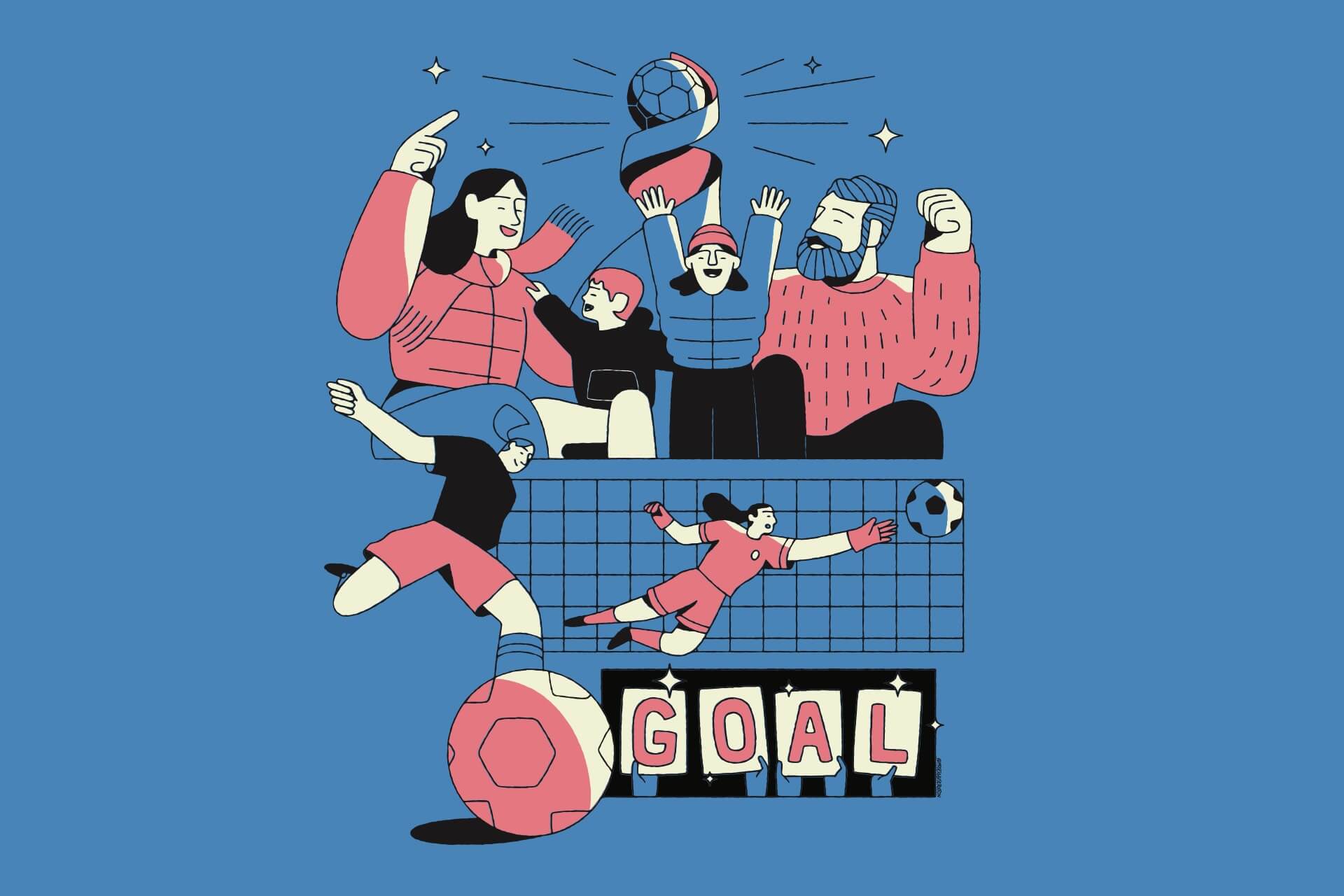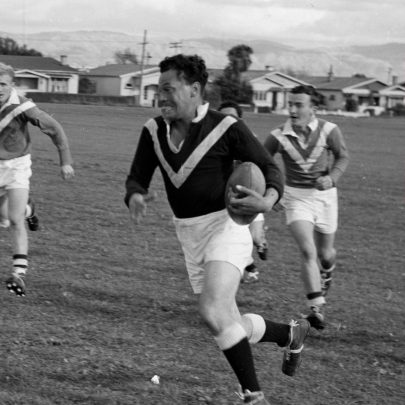Nov 14, 2023 Sport
Talk about ending with a bang. New Zealand’s period of hosting elite-level women’s sporting events has now finished, and you’d have to judge the public reaction to the Cricket, Rugby and Football world cups to be a resounding success. Well, right now you would, anyway.
The fact that the last five times Eden Park has sold out have been for women’s sporting fixtures may well be a record for any nation’s largest stadium. Not only was the park full, the significant thing is who it was full of — not the usual crowd of booze-soaked All Black fans impatiently waiting for a try or a win, but families with children. A survey showed that many who flocked to the women’s games had never been to a live sporting event before. Records were shattered, perceptions were changed and things felt very different all of a sudden.
So, a new dawn for fans and in particular women’s sport? The answer’s not that simple.
Off the back of the Black Ferns’ stunning Rugby World Cup final win over England, New Zealand Rugby announced an ambitious strategy for women and girls over the next decade: 50,000 players by 2033, with unions, clubs, schools, the Māori rugby system and other community partners collaborating throughout the country.
Even if the strategy is partially successful, it’ll have a knock-on effect for viewership. Just one new girl picking up a ball means one more member of a previously under-tapped demographic likelier to say yes to an evening at Eden Park, no matter who is playing. But while the Super Rugby Aupiki competition provided an entertaining final this season, women’s rugby seems to be in the same camp as football when it comes to drawing people in. The problem is that it seems to need a World Cup, with all the money attached to such an event, for the sort of hype machine that fills stadiums to start working.
It was FIFA’s seemingly never-ending cash reserves that ensured an initial full house at Eden Park when the World Cup kicked off back in July. The organisers’ attention to detail when it came to decking out Eden Park and the three other stadiums used around the country, as well as control of the local area, showed just how much power the world governing body for the sport had been given.
Roads were closed, police were deployed and airspace managed. A partnership with Stuff ensured that FIFA-friendly news stories were constantly pumped out to the public. Say what you want about overreach, but it worked. When the Football Ferns strode out against Norway, they were greeted with a crowd five times larger than the side had ever drawn in its entire history. Then they won.
Enveloped in this never-seen-before atmosphere, Hannah Wilkinson, after 48 minutes of breathless football, slotted home the solitary goal that separated the teams. Barely anyone expected the Ferns to win, so the reaction when the ball hit the back of the net, then later when the full-time whistle went, were two of the most deafening noises Eden Park has ever heard. Afterwards, in the echoing tunnels underneath the South Stand, Wilkinson made patriotism cool in a way only sport can. “I just felt so proud to be a New Zealander — I was really proud to be able to do that for all the Kiwis that came out in the cold this evening.”
While her goal was an expertly crafted bit of football that made the most of a brief lapse in concentration by the defence, unfortunately what happened next has to be seen as a missed opportunity. Riding high on the wave of emotion that the country was generating, the Football Ferns went on to Wellington to face the Philippines… and lost. Then they went to Dunedin, needing a win against Switzerland. They drew. That was it for the Ferns’ World Cup campaign, but it could have been so much more. Even one more week in the tournament would have generated an even bigger swell of interest, as it did over in Australia with the Matildas’ dream run to the semi-finals.
Despite the Ferns’ exit, the World Cup rolled along, drawing near-sellout crowds to Eden Park. It made it feel like women’s football was here to stay, but really it was just a big time-limited party — inevitably the lights came on and everyone went home. Unlike the Black Ferns, the Football Ferns will have a much tougher time in sustaining interest in their brand, simply because getting to play at home is no easy feat.
The Ferns sit in the Oceania Football Confederation, which means they have an almost guaranteed entry to every World Cup but also that all their competitive fixtures take place overseas. The OFC can’t be seen to be favouring New Zealand with tournament hosting rights, so the World Cup qualifying stages take place out in the Pacific. Even hosting friendlies is difficult — it’s far easier to assemble the team to play friendlies in Europe or North America, because that’s where half of the players are based.
So New Zealand Football, the often-maligned governing body, is caught in a bind of geography. There’s cold comfort in knowing they’re not alone; this issue affects many sports not involving an oval ball. But it must sting a bit knowing that they had the world’s biggest tournament right here — doing exactly what it should have done, by bringing in the crowds and cash — but that afterwards, things would go straight back to the way they were before.
Will more girls play football? Probably, but that isn’t as much of an issue as it is for rugby. One of the main criticisms, that women’s football doesn’t get enough coverage, is flattened out somewhat when the situation regarding fixtures becomes apparent. The Ferns can only get coverage when they play, and a lot of when and where that happens is completely out of their hands.
That’s where rugby has an advantage, at least, but only just. The Black Ferns take on France, Wales and England in home tests in October–November, as that’s the only time the northern hemisphere teams can assemble — but it’s still the absolute tail-end of the domestic season, at a time when most of us are already looking forward to the beach.
Really, the biggest issue not just for women’s sport, but sport in general in Aotearoa, is the blank space of the foreseeable future. There are no World Cups on the horizon, a 2026 Commonwealth Games seems increasingly unlikely, and the next British & Irish Lions tour in 2029 feels like a long way away. The one upside is that it might quieten down the current instalment of the annually recurring, circuitous debate about a new Auckland stadium — the way it looks at the moment, we won’t need one.






